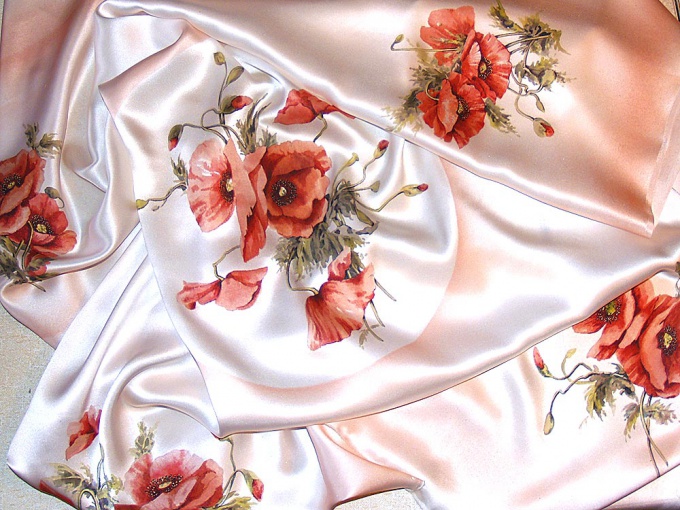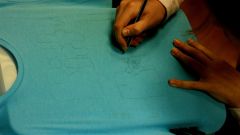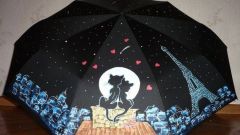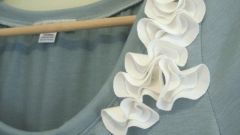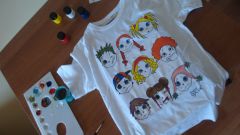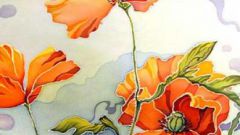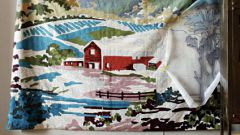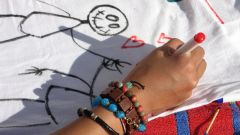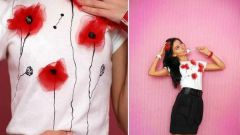You will need
- t - shirt;
- - paint on fabric;
- brush;
- - threads;
- - reserve for batik;
- - cardboard;
- - a pair of scissors.
Instruction
1
Before you paint a t-shirt, wash and dry it. Pull the other side of the t-shirt will be to paint on a frame for batik or embroidery. Make color sketch of the pattern on the paper.
2
If you want to make a colorful canvas without clear boundaries with smooth transitions of colors, use loose technique of painting. Spray wet t-shirt, wide brush strokes alternately apply a few shades and let them spread on the surface.
3
To add to the drawing a clearer form and to limit the spread of color, try the technique of hot or cold batik. In the first case, those areas of tissue that need to remain light, unpainted, impregnated with hot wax (with a brush), the second is a picture drawn by a special reserve which will not miss the paint for the borders. Apply the pattern by referring to the sketch, and moving from lighter shades to dark.
4
Painting made by one of these ways, you can add surround circuit – it performs only a decorative function and does not replace the reserve.
5
To put on a t-shirt lettering, use special markers for fabric painting. Previously invented the word or phrase it is best to write with a pencil, then cut around.
6
You can cut a character, a phrase, or a silhouette out of cardboard, to attach to the shirt and paint over the stencil with acrylic spray paint. Typically, such a composition does not require strengthening.
7
As stamps for t-shirts it is possible to take half of the vegetables, which in the context are heterogeneous in texture. For example, half of onions can be dipped in paint on a cloth and applied to the shirt. Such patterns can cover the entire surface or only part of it.
8
There are pigments for fabric, which dissolve in a large amount of water and originally designed for uniform staining of the whole thing. To achieve more unexpected and interesting effect, make the t-shirt a few "tucks", tie them with thread, put the shirt in a tub or basin on top and pour the diluted (as per instructions) paint. Do not wait until the fabric gets wet through, place it on a dry clean surface and allow to dry (you can dry with a hair dryer). Then untie the knots. In these places the paint drips and forms voids that are the result of an unusual pattern.
Useful advice
Natural fabrics hold dye better, however, in recent times produced many compositions which are suitable for synthetic information about it look on the package. The same should be said about the method of fixing the paint. As a rule, it is fixed, iron paving pattern on the reverse side.
